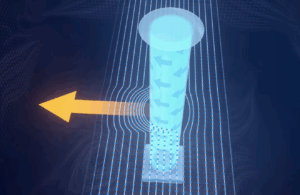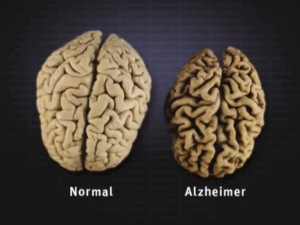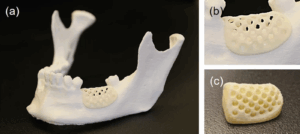Will humans be able to control everything with a brain implant?
As a child, have you ever tried turning on a TV with your mind? You probably wished your “superpowers” would have allowed you to do so. However, with the technology in our world, that wish might not be far from becoming a reality. Neuralink is a wireless Brain Computer Interface (BCI) that would allow humans to control a mobile device or computer with their minds at any given place and time (1). Neuralink was recently founded by Elon Musk, and their brain chip is designed to observe and record brain activity to potentially incorporate Neuralink in health care (2). This new device is breaking barriers in science since it plans to use surgical robots, rather than human surgeons, to weave threads into the cerebral cortex so brains can receive and digest new information (2). While the implant is said to improve communication, cognitive abilities, and cure disabilities, there are discussions regarding whether Neuralink is truly safe and ethical for humans.
Neuralink has threads that contain 1,024 electrodes, and these electrodes are responsible for recording neuron activity. A chip in the implant takes in information, and that information is then wirelessly sent to an external device. Neuralink’s initial purpose was to help individuals with paralysis regain control over their limbs, communication devices, and prosthetics through their thoughts (2, 3). However, looking into the future, the Neuralink company also has plans for “combining human consciousness with artificial intelligence” (2). In other words, they plan to connect people’s thoughts, using the brain implant, to technological devices such as smartphones or a TV to carry out Musk’s plan ‘to achieve symbiosis with artificial intelligence’ (6). What makes Neuralink so special and different from other BCIs is its focus on marking individual neurons. According to neuroscientists, recording individual neurons in the brain is crucial for decoding thoughts (3). The Neuralink’s ability to do this speeds up the process of targeting specific neurons and helping humans achieve new tasks.
In addition to all its previously mentioned benefits, Elon Musk stated that the Neuralink would have the potential to cure blindness, mental illness, and dementia through its electrical stimulation (2, 5). The chip has been tested on animals, and its effects on a monkey were safe and successful (5). However, other trials conducted on monkeys and pigs resulted in both promising progress and issues of paralysis and seizures (2). These results have left neuroscientists questioning whether this technology is safe and ethical, and now they believe the implant could damage the brain (6). People also fear that Neuralink will potentially put humanity at risk since Elon Musk wants to merge the human brain with AI, a form of technology that engineers are still experimenting with (6).
Despite the potential dangers that come with implanting Neuralink into the brain, the US Food and Drug Administration (FDA) has approved the Neuralink company to conduct human trials (4). People with conditions such as blindness, paralysis, deafness, and speech limitations are now eligible test subjects for this new implant (4). Considering the FDA’s approval of Neuralink, this chip is getting closer to becoming a part of the healthcare system and the world in general. This groundbreaking implant could be the beginning of a world humans have never lived in before. So the next time you see a TV and want to turn it on hands-free, the Neuralink might be able to help you out!
Bibliography:
- Play Studio. (2024). N/A. Neuralink. Retrieved from https://neuralink.com/.
- Capitology Blog. (2024, February 9). Neuralink’s Brain Chip: How It Works and What It Means. Capitol Technology University. (2024). Retrieved from https://www.captechu.edu/blog/neuralinks-brain-chip-how-it-works-and-what-it-means#:~:text=Described%20as%20fully%20implantable%20and,drive%20nearly%20all%20human%20functions.
- Drew, L. (2024, February 2). Elon Musk’s Neuralink brain chip: what scientists think of first human trial. Nature. Retrieved from https://doi.org/10.1038/d41586-024-00304-4.
- Gilbert, D., & Siddiqui, F. (2023, May 26). Elon Musk’s Neuralink says it has FDA approval for human trials: What to know. The Washington Post. Retrieved from https://www.washingtonpost.com/business/2023/05/25/elon-musk-neuralink-fda-approval/.
- Blue Badge Insurance. (2023, May 30). Neuralink: What Is It and Can It Cure Paralysis and Blindness? Blue Badge Insurance Australia. Retrieved from https://www.bluebadgeinsurance.com.au/blog/neuralink-chip-what-is-it-can-it-cure-paralysis/#:~:text=Its%20creator%2C%20tech%20mogul%20Elon,paralysis%2C%20blindness%20and%20mental%20illness.
- Samuel, S. (2023, October 16). Elon Musk wants to merge humans with AI. How many brains will be damaged along the way? Vox. Retrieved from https://www.vox.com/future-perfect/23899981/elon-musk-ai-neuralink-brain-computer-interface.
Image:
- Play Studio. (2024). N/A. Neuralink. Retrieved from https://neuralink.com/.











Comments are closed.